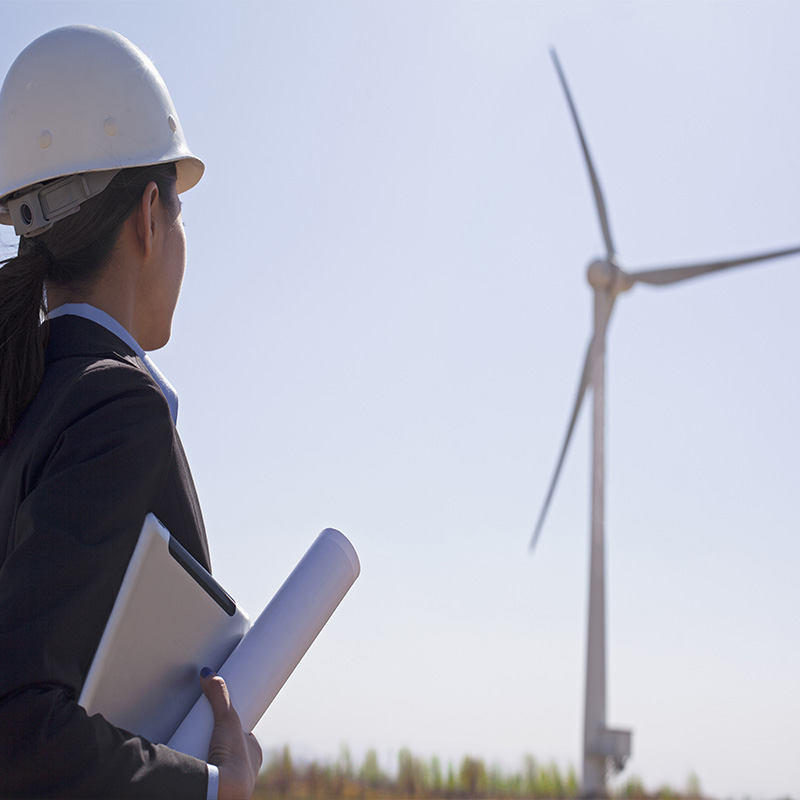
International Women’s Day – the View from East Asia
In recent years, the renewable energy sector in East Asia has experienced significant growth, with countries in the region setting ambitious targets to reduce carbon emissions and transition to cleaner energy sources. However, the industry has traditionally been male-dominated, with women underrepresented in leadership positions and technical roles. Here, we will discuss the current progress of female representation in East Asia's renewable energy space, regional gender diversity initiatives, and any targets in place to improve representation.
Current Progress of Female Representation in East Asia's Renewable Energy Space
According to a report by the International Renewable Energy Agency (IRENA), women in East Asia's renewable energy industry make up only 23% of the workforce, with the majority of women employed in administrative roles. Women's representation in leadership and technical roles is much lower, with only 8% of leadership positions and 6% of technical roles held by women.
However, there are promising signs of progress in female representation in the region's renewable energy space. For example, in China, the world's largest renewable energy market, women's representation in the sector has increased from 13% in 2013 to 20% in 2019. In addition, countries in the region, such as Japan, South Korea, and Taiwan, have introduced policies aimed at promoting gender diversity in the energy sector.
Regional Gender Diversity Initiatives
Several initiatives have been launched in East Asia to promote gender diversity in the renewable energy sector. For example, the Women in Renewables Asia (WiRA) network was launched in 2019 to promote women's participation and leadership in the industry. The network provides mentorship, networking, and training opportunities for women in the sector and aims to increase women's representation in leadership roles.
In Japan, the Ministry of Economy, Trade and Industry (METI) has launched a program aimed at promoting women's participation in the energy industry. The program provides training and networking opportunities for women in the sector and aims to increase the number of women in leadership roles.
Targets to Improve Representation
Several countries in East Asia have set targets to improve female representation in the renewable energy sector. For example, China's 13th Five-Year Plan for Renewable Energy Development sets a target of increasing the proportion of women in the industry to 35% by 2020. South Korea's Ministry of Trade, Industry and Energy has also set a target of increasing women's representation in the energy sector to 20% by 2025.
My Experience as a Recruiter
Recruiters also play an important part in increasing female participation in the sector. My personal experience has been a positive one. In our Beijing office in 2022, 31% of our placements were female candidates, this compared to only 18% in 2021. Much of this improvement has come from an increased openness from clients, but also by the deployment of new advertising strategies and technology to help create a more level playing field.
Conclusion
In conclusion, while female representation in East Asia's renewable energy space remains low, there are promising signs of progress, with some countries in the region setting targets and launching initiatives aimed at promoting gender diversity in the sector. The Women in Renewables Asia network and Japan's program to promote women's participation in the energy industry are examples of initiatives that can help to increase female representation in leadership and technical roles. Going forward, it will be important for countries in the region to continue to prioritize gender diversity in the renewable energy industry to realize the full potential of the sector and promote gender equality.
